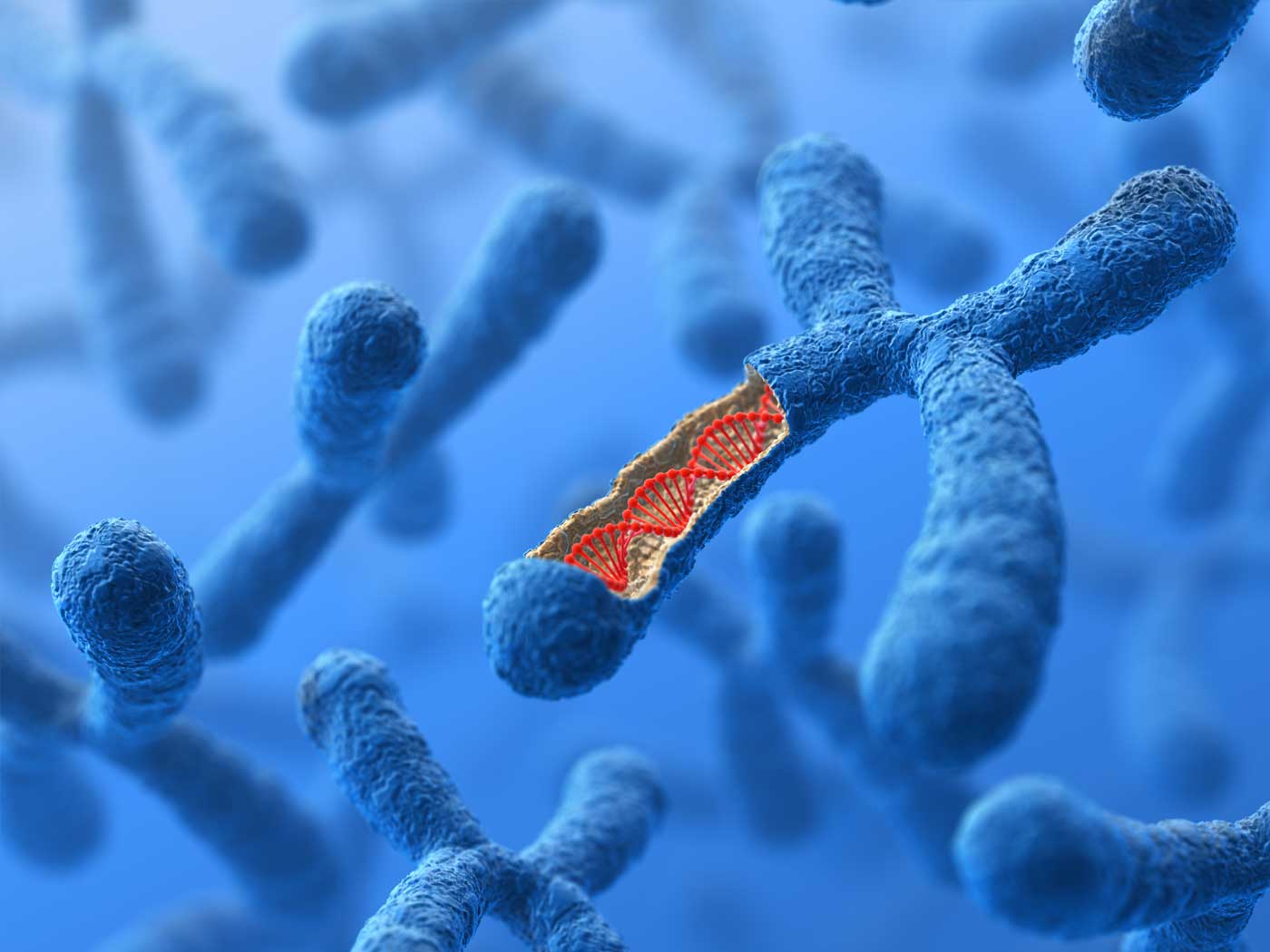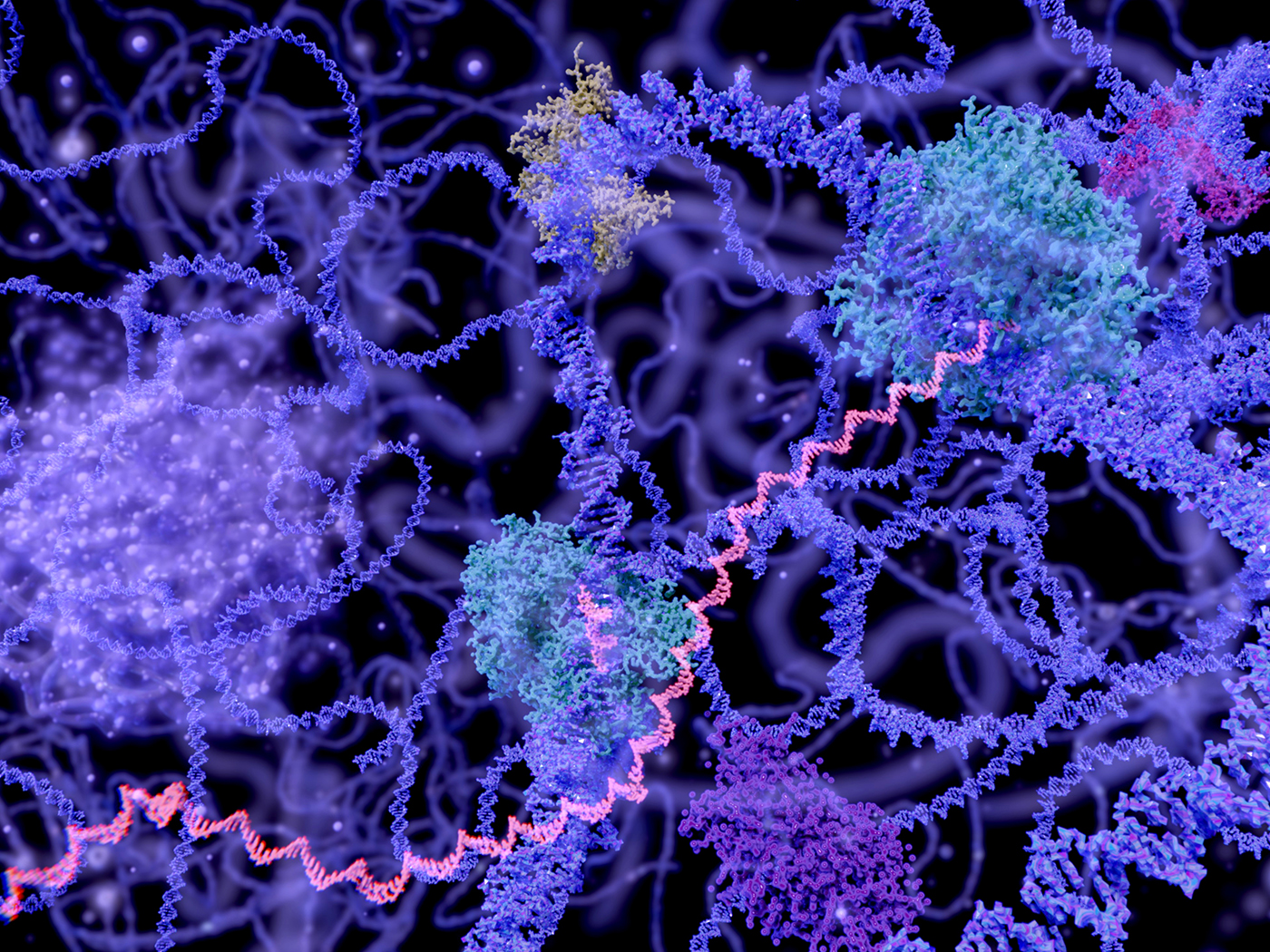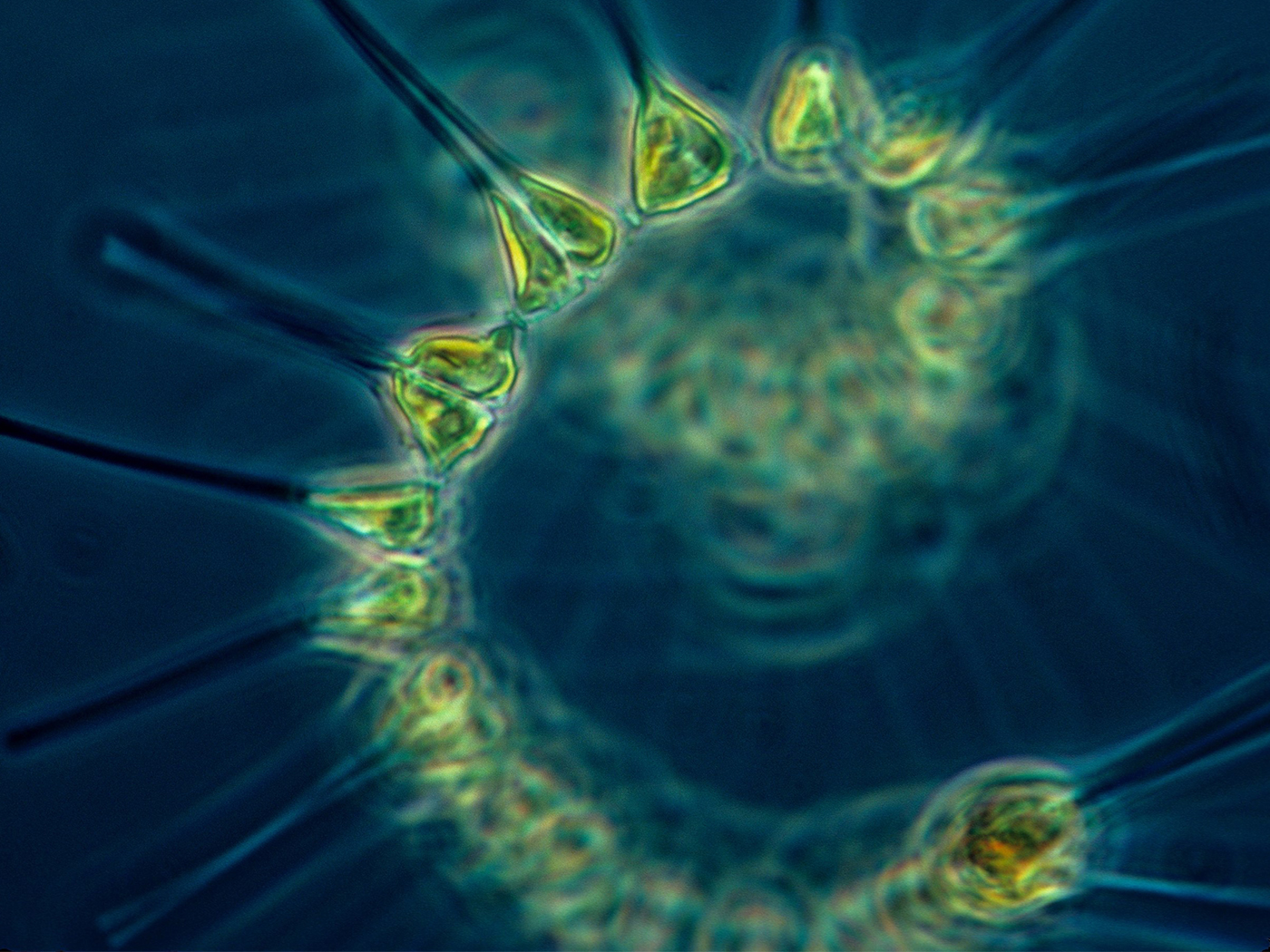As the genomes of many new creatures rapidly fill the public DNA sequence databases, the problems for the grand evolutionary story are becoming overwhelming. One issue is the fact that different creatures have unique sets of genes specific to their kind with no apparent evolutionary history. To explain this glaring problem, evolutionists have resorted to the myth of pervasive horizontal gene transfer.
Horizontal gene transfer (HGT) is the process whereby genes are transferred from one type of creature to another without sexual reproduction. Earlier in my career, I participated in a study (published in the journal Science), in which we found that the pathogenic bacterium Wolbachia had transferred large portions of its DNA into the genomes of both worms and insects.1 The Wolbachia bacterium is able to do this extraordinary feat by targeting the cells of reproductive organs so that the transferred DNA is literally inherited in the host. However, we also observed that very few of these transferred genes were found to be expressed (turned on). They were clearly just genomic baggage. This is actually one of the few clearly documented cases of horizontal gene transfer showing that a specific type of parasite-host relationship is the mechanism for the foreign DNA importation to occur and be heritable.
However, in a newly published study, the researchers claim that "HGT has contributed to the evolution of many, perhaps all, animals and that the process is on-going in most lineages."2 The amazing thing about this statement is that it is a big hypothetical fairy tale. In this study, the researchers failed to prove any portion of this extravagant statement, nor did they show any specific mechanism for how HGT could have happened. In fact, the whole study was seriously flawed on a variety of key fronts.
First, the researchers found unique genes in a variety of fruit flies, worms, primates, and humans that had no clear evolutionary ancestry. In other words, each of these genes is specific to a certain type of creature. Scientists have previously termed these "orphan genes"—a unique type of gene that provides a clear anti-evolutionary enigma I have discussed in previous reports.3,4 Some claim these novel orphan sequences evolved suddenly out of non-coding DNA while others, such as the authors of this new report, claim they were derived from HGT.
The major problem with claiming that these alleged HGT genes are imported or "foreign" (i.e., transferred into the genome from some other creature), is that many of them encode important enzymatic proteins and are key parts of the interconnected gene networks and complex biochemical pathways that are essential to the very life of the organism. The researchers stated, "The majority of these genes are concerned with metabolism." Clearly, the genes are not foreign at all, but designed to function as key parts of essential biologically complex systems.
Second, the approach to supposedly identifying many of the foreign genes in animals as microbial in origin was not even based on actual complete gene sequence, but depended upon isolated regions of similarity in the proteins they encode. In mammals, genes are quite complex, and on average only about 10% of the entire gene sequence actually codes for protein, the rest contains a large diversity of regulatory sequences that determine how the gene is to function and its various types of products. In contrast, microbial genes are typically much less complex and lack these intricate and intervening regulatory regions found in animal genes. If the researchers had actually compared the genomic DNA, very little similarity would have been discovered—in other words, they didn't do their homework correctly. In fact, they admitted their claim that the gene was foreign—or where it originated from—was purely hypothetical, when they stated that "absolute certainty in the assignment of most HGT is unachievable."
Third, no mechanism of HGT for any of the hundreds of alleged "foreign genes" they found was either discovered or even suggested. This is due to the fact that the only cases where such gene transfer occurs in nature typically involves a clear host-parasite relationship. Not only that, but the cells of the germline (those that produce sperm and egg) must be specifically targeted or the introgressed genes (those that were incorporated from one species into the genome of another) will not be inherited.
Unfortunately, evolutionary biologists constantly resort to fictional stories cloaked in technical terminology to escape the straightforward conclusion that the genomes of different creatures were purposefully crafted. Because of their unwavering commitment to evolution, all ideas about these cleverly designed and network-integrated gene sequences being engineered by a Creator are not considered—at least not openly.
References
- Dunning Hotopp, J. C. et al. 2007. Widespread Lateral Gene Transfer from Intracellular Bacteria to Multicellular Eukaryotes. Science. 317 (5845): 1753-1756.
- Crisp, A. et al. 2015. Expression of multiple horizontally acquired genes is a hallmark of both vertebrate and invertebrate genomes. Genome Biology. 16: 50.
- Tomkins, J. 2013. Newly Discovered 'Orphan Genes' Defy Evolution. Creation Science Update. Posted on icr.org August 26, 2013, accessed February 1, 2015.
- Tomkins, J. 2015. Honey Bee Orphan Genes Sting Evolution. Creation Science Update. Posted on icr.org February 19, 2015 accessed March 13, 2015.
*Dr. Tomkins is Research Associate at the Institute for Creation Research and received his Ph.D. in Genetics from Clemson University.
Article posted on April 6, 2015.























